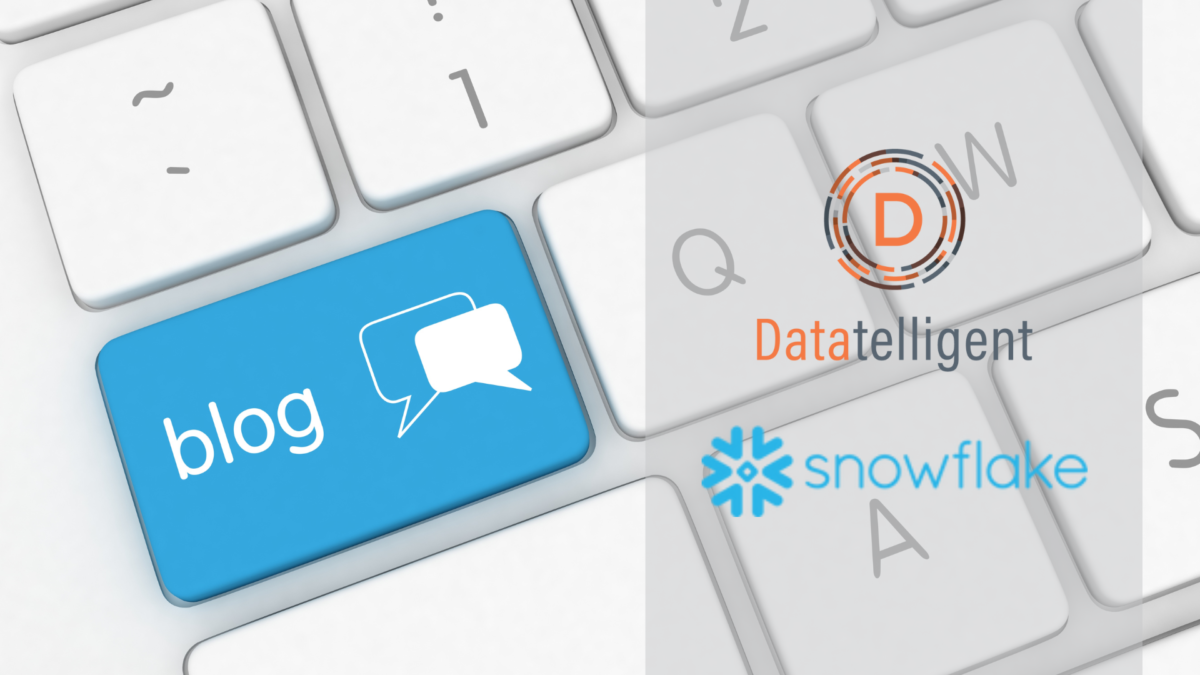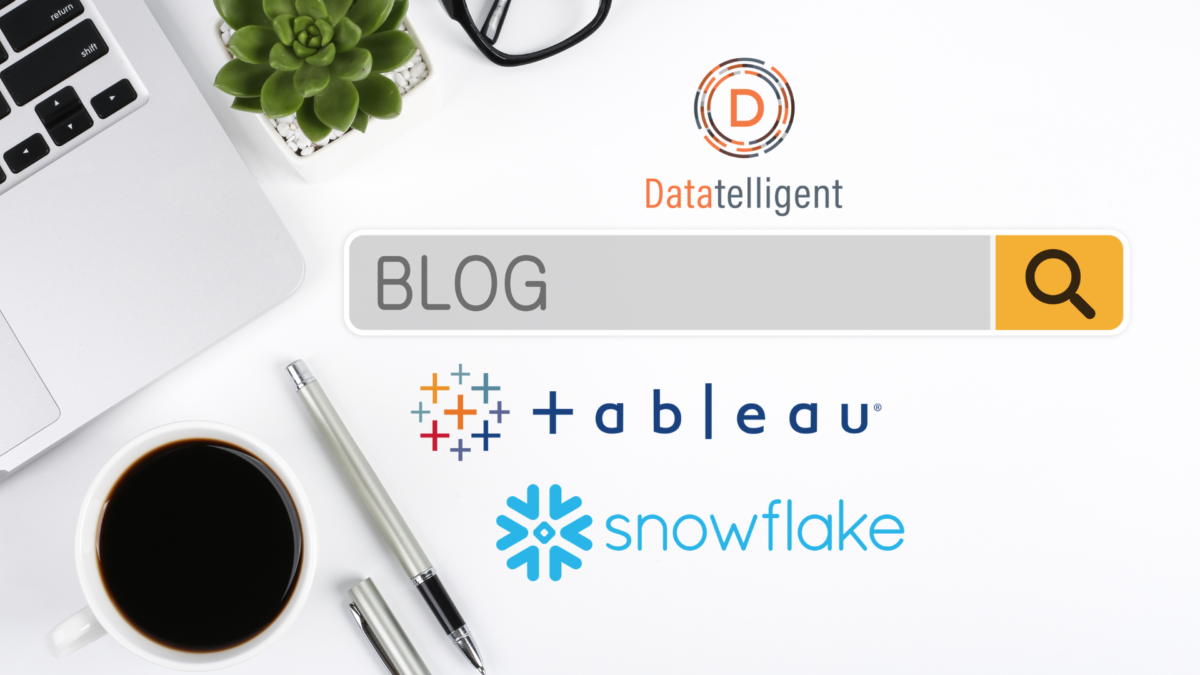Data is the lifeblood of successful organizations, and becoming data-driven is essential for thriving in today’s business landscape! Embracing data as a strategic asset can unlock unprecedented opportunities for growth and innovation. Here are some key steps to becoming a data-driven organization.
Step 1: Define Clear Data Goals
The first step in becoming a data-driven organization is to define clear data goals. What do you want to achieve with data? Identify the key objectives, such as improving decision-making, enhancing customer experience, optimizing operations, or driving revenue growth. By setting specific and measurable data goals, you can align your data initiatives with your organization’s overall strategy and vision.
Step 2: Establish Data Governance
Data governance is the foundation of any successful data-driven organization. It involves creating robust policies and procedures to ensure data quality, integrity, and security. Define roles and responsibilities for data management, access, and usage. Establish data standards and guidelines to ensure consistency and accuracy in data collection, storage, and analysis. Implement data governance practices that align with your organization’s needs, industry regulations, and best practices.
Step 3: Invest in Data Infrastructure
Having the right data infrastructure is crucial for becoming a data-driven organization. Invest in modern data management tools and technologies that enable efficient data collection, storage, analysis, and visualization. Choose solutions that align with your organization’s data goals, scalability requirements, and budget. Consider cloud-based solutions for flexibility, scalability, and cost-effectiveness. Ensure that your data infrastructure is scalable, secure, and capable of handling large volumes of data to support your organization’s data-driven initiatives.
Step 4: Foster a Data-Driven Culture
Building a data-driven culture is critical for becoming a data-driven organization. It involves creating a mindset where data is valued and data-driven decision-making is ingrained in the organization’s DNA. Provide training and resources to help employees become data-literate and capable of using data for decision-making. Encourage a collaborative approach where employees are encouraged to share data insights, learn from data, and use data to drive innovation and continuous improvement.
Step 5: Enable Data-Driven Decision-Making
Data-driven decision-making is at the heart of a data-driven organization. Use data to drive insights, inform decision-making, and measure performance. Encourage data-driven experimentation, where data insights rather than gut instincts back decisions. Implement data-driven processes and workflows to ensure that data is used consistently across the organization. Foster a culture of curiosity and learning, where employees are encouraged to explore data, ask questions, and make data-driven decisions at all levels of the organization.
Step 6: Learn from Data
Becoming a data-driven organization requires continuous learning and improvement. Leverage data insights to iterate and optimize strategies, processes, and outcomes. Use data to identify patterns, trends, and opportunities for improvement. Implement a feedback loop where data insights are used to refine strategies and drive continuous improvement. Encourage a culture of data-driven innovation, where data is used to identify new business opportunities, optimize operations, and drive growth.
Becoming a data-driven organization is a journey that requires effort, commitment, and a strong leadership vision. By following the key steps outlined in this blog post, organizations can unlock the power of data and leverage it to drive growth, innovation, and success. Here at Datatelligent, we work with customers to help them embrace data as a strategic asset, establish robust data governance, invest in modern data infrastructure, foster a data-driven culture, enable data-driven decision-making, and embrace continuous learning from data. By taking the first step to becoming data mature, your organization can thrive in today’s data-driven world and achieve industry gain.













